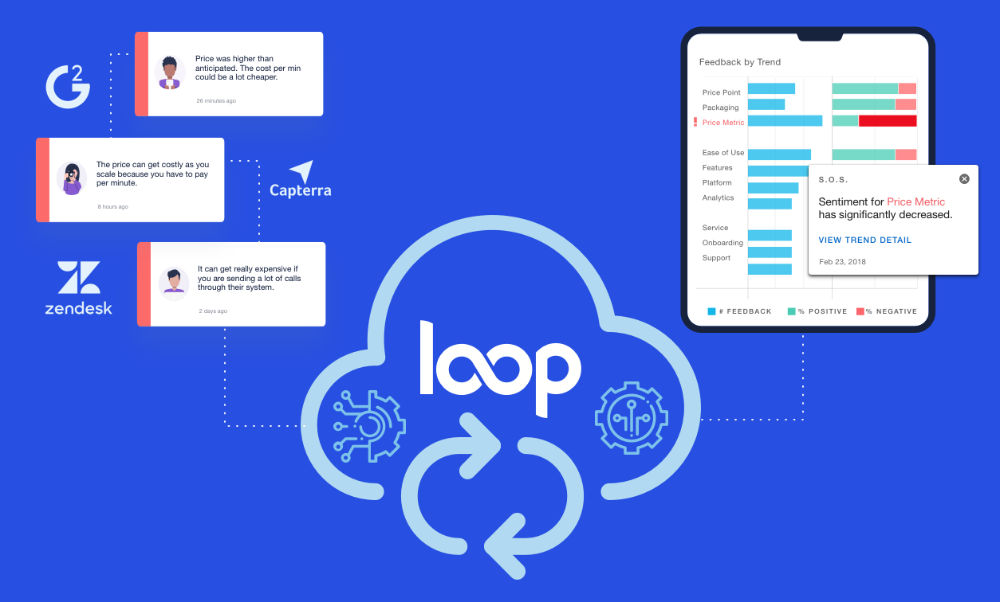Home » Using Customer Feedback to Grow your SaaS Business
Using Customer Feedback to Grow your SaaS Business

Mary Pat Donnellon
Chief Revenue Officer, CallRail

Intellectually, all of us in SaaS businesses know how important it is to listen to our customers. Our entire business model is predicated on our customers staying and growing with us, aka maximizing customer satisfaction while limiting churn. We can speak about the importance of delivering an outstanding customer experience.
We talk about our customers realizing value from our products. We strive to apply customer journey mapping to our product development. But are we really able to do any of this well if we aren’t listening to our customers and making decisions based on what’s most important to them?
Creating a successful customer-driven business strategy begins by staying in lockstep with customer feedback—ensuring that every marketing, sales, support team and product roadmap decision puts customer needs first. The problem that most organizations face is streamlining the collection of customer feedback. With all of the various touch points we have with our customers, it’s important to start by identifying the places where critical feedback is being shared, and then developing plans to act on these insights.
Here are 4 important places to collect customer feedback:
Online software review sites: Your customers are evaluating you on multiple review sites and this informs whether your potential customers will even want to consider you. G2 Crowd, Trustpilot, and Capterra are just a few of the many popular review sites for SaaS products. If you search for your product name and reviews, what comes up? It’s critical for you to be very aware of what your customers are sharing to ensure that you are identifying common themes and addressing the major weaknesses or shortcomings they point out.
Social media: Beyond direct communication with your company, your customers are likely finding each other via social media. For B2B SaaS companies, this often means private Facebook or LinkedIn groups, focused on certain products or personas. Do you know where your customers are gathering and what they are talking about? Are there common problems they are trying to solve? While it may not always be appropriate for you to contribute to these conversations actively, it’s very appropriate for you to hear and react to the things happening in these conversations.
Customer Support: Whether your customers are getting help from an online knowledge base, chat, email, or phone calls, there are important insights and intelligence to be gleaned. What are the reasons your new customers seek help? Are they able to find the answers they are seeking? Are there pricing or billing questions? Are there product issues or new features that need to be resolved? Are your customers truly satisfied with the service you are providing? Classifying and analyzing your incoming support requests and NPS responses will help you learn how your customers are really experiencing your product and your company.
Sales and Customer Success: Your front-line Success and Sales teams are hearing daily about what problems your customers are trying to solve and what they aspire to. Are you empowering your revenue-driving employees to share their learnings? Are you gathering and harnessing these insights and adjusting your go-to-market strategy accordingly? Ensure your culture embraces sharing critical user feedback and that your CRM provides a mechanism to capture and classify it. Supplement this information by gathering qualitative feedback from your sellers too.
Doing the work to truly hear what your customers are telling you enables you to architect the customer journey, create the amazing experience, deliver the value both you and your customers desire. And with voice of the customer software, a lot of this legwork can actually be automated so that you can focus on the strategy.
Mary Pat Donnellon is the Chief Revenue Officer at CallRail.


